You must have an opponent to play against to make chess challenging and enjoyable. Wrong! The game can only be played by one person. You might be asking, ‘How to play chess by yourself?’
You can play chess by putting the game together (board and pieces), getting a coin, taking the first steps, and playing by taking time. To know more about these steps in detail, read the article.
Chess is a game of strategy and skill. Gaming necessitates exceptional abilities in knowing an opponent’s thoughts and predicting their moves before they occur. Much of the gameplay is based on anticipation, preparation, and developing personal techniques that work for you. The problem with playing chess is that there aren’t enough people who appreciate the game and are willing to participate in a competitive game. However, the absence of a partner is no reason not to play chess and refine your strategies. As it happens, you’ll need strategies for learning and playing chess independently. To know more about How to play chess by yourself, keep reading. You may also like to check out the hidden object game for fun and mystery.
See Also: 5 Best Free Soccer Training Apps: Elevate Your Game
Table of Contents
How Do You Learn to Play Chess Alone?
Chess is a two-player game, although one person can also play it. The steps involved are as follows:
Step 1: Put the game together (board and pieces)
Begin by setting up the chessboard. Set your pieces up by putting them in their proper starting placements.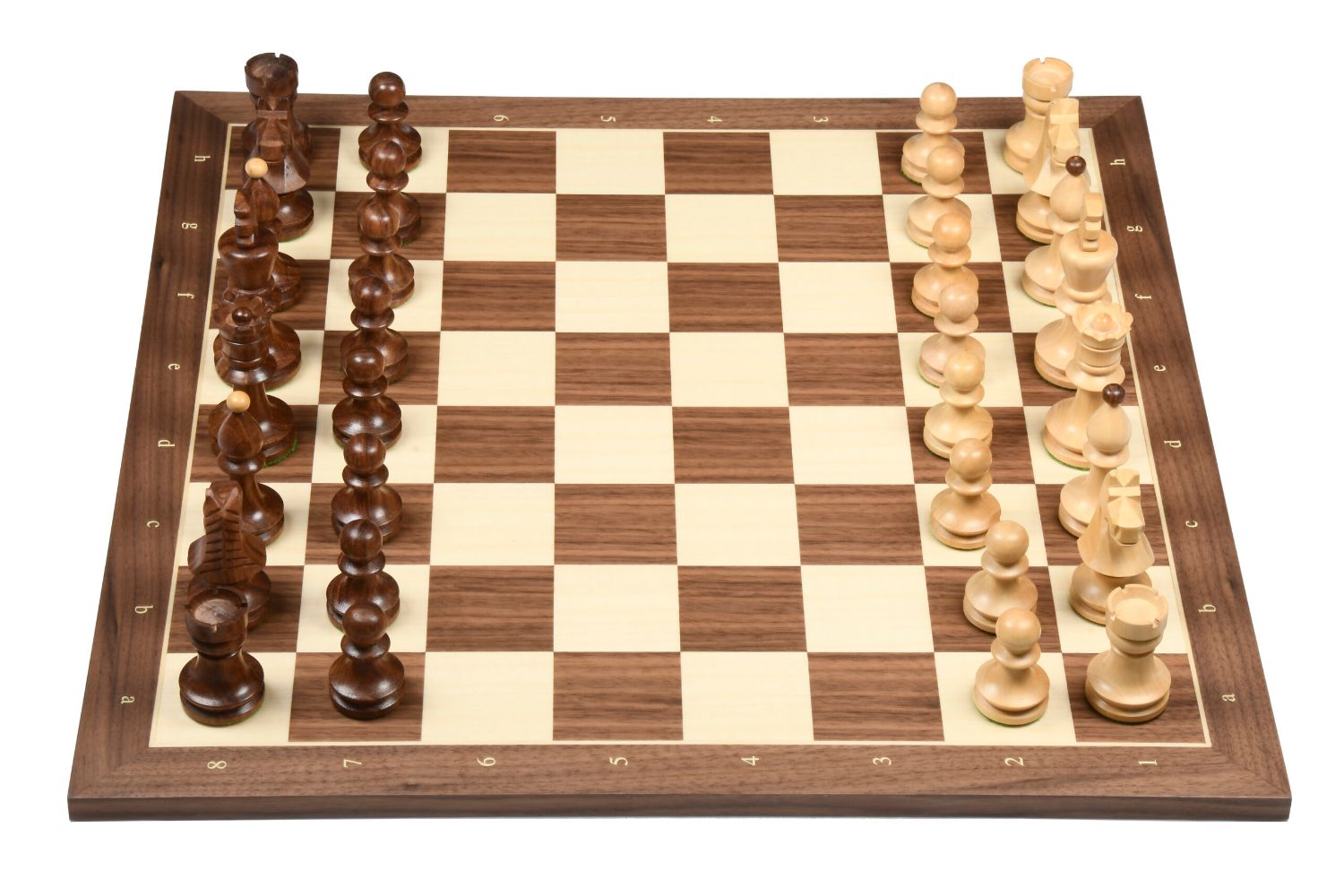
Because the game is likely to take some time (because it is a slow-moving war of wits against yourself), set the board in a handy location that will not bother others. Expect the game to span several days, if not weeks, depending on how ‘excellent’ you are!
See Also: 5 Simple Steps to Cancel PlayStation Vue Subscription
Step 2: Get a Coin
Because the offline game, like on your iPhone, may take a long time, you may lose track of whose turn it is. A token, such as a coin, will assist you in determining who will proceed next. Move the token from side to side throughout the game to indicate who is in charge. 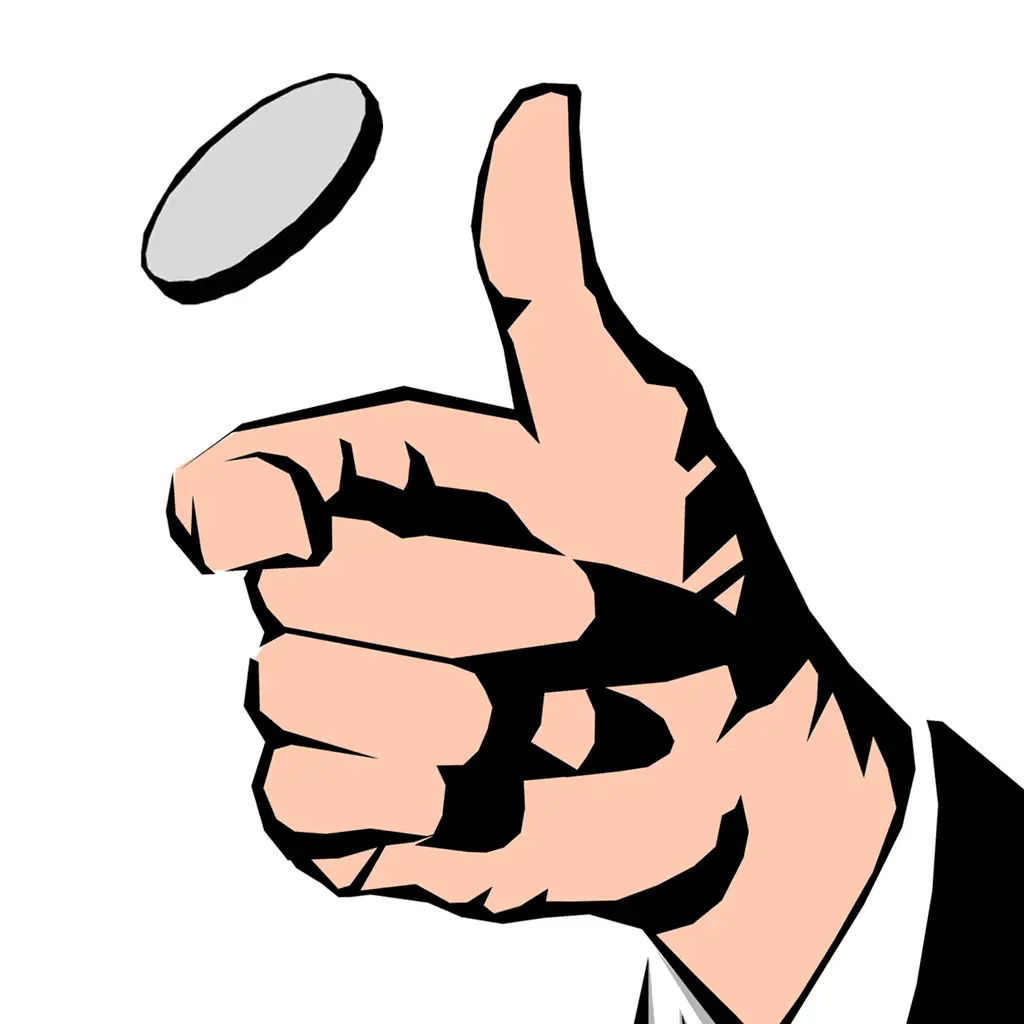
Alternatively, after each move, spin the entire board around so that you look at it from the perspective of whoever has the following turn, whether white or black.
Step 3: Take the First Steps
Remember that white always goes first, so plan your first move properly. If at all possible, avoid mimicking movements.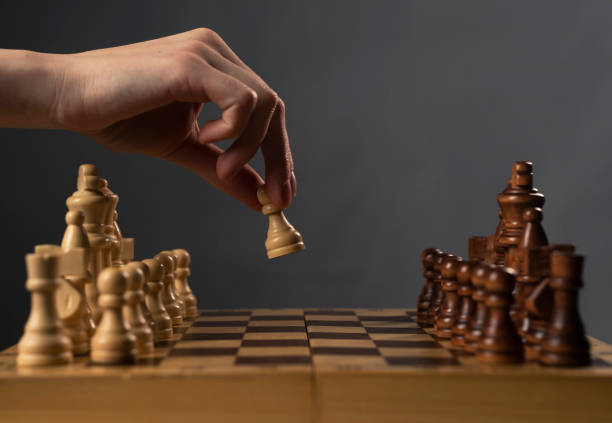
Step 4: Play the Game
A solitary chess match is a logical game that you play against yourself, so take your time even if you know every move you’re going to make. In light of your ‘opponent’s’ approach, ask yourself many questions, appraise the situation, and then plan a response. 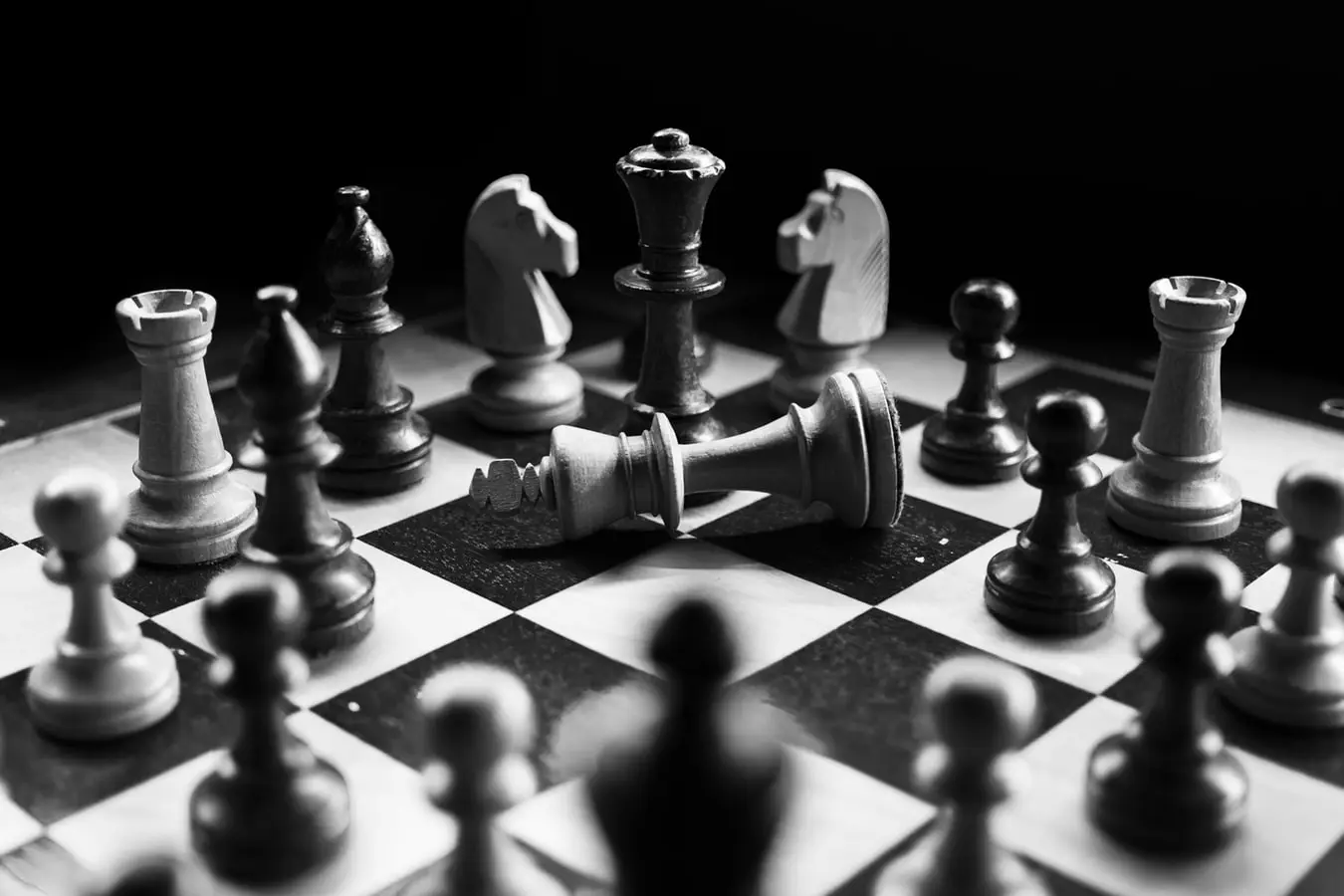
Watch out for actions that expose your ‘opponent’s’ king or capture one of their pieces. Determine whether your next move will endanger or capture any of your pieces. Remember to double-check your evaluation before you finish your turn.
Step 5: Take Your Time
After you’ve completed your turn, take a step away from the board to evaluate your ‘opponent’s‘ next move. This allows you to think and keeps you from planning too far ahead. 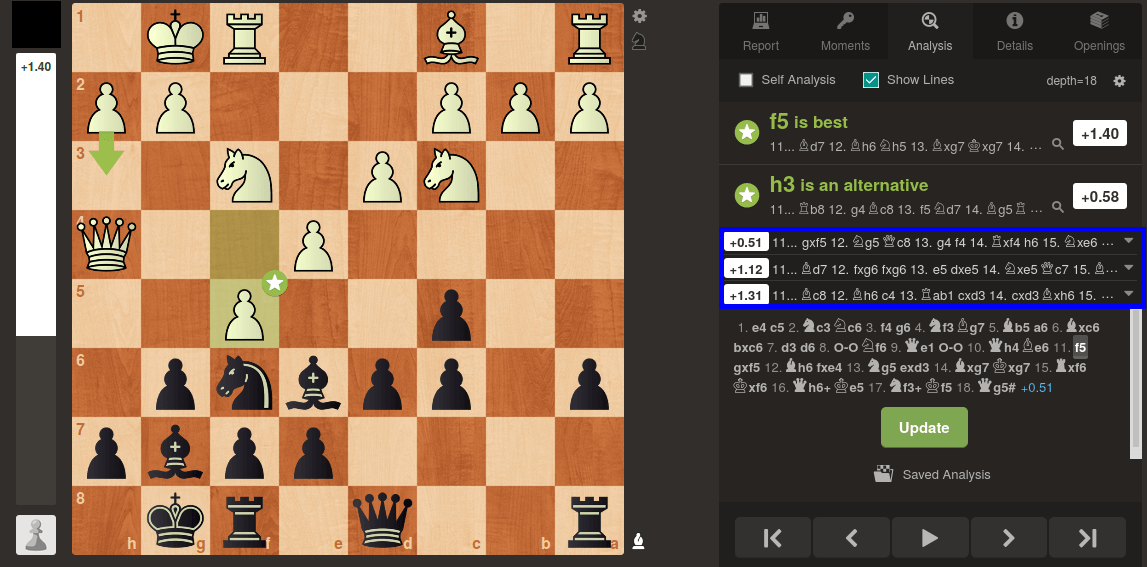
If you’re immersed and can’t bear walking away after each move, do this between the game’s beginning, middle, and end.
Step 6: Continue Playing
Return to the board and proceed with the middle game, in which you strategically attack the ‘opponent.’ During this part of the game, try to remain as patient and calm as possible. Look for strategies to capture a piece of your ‘opponent’ that fails to protect it.
Make sure you’re not falling into a trap, and keep an eye out for how the next move can affect your pieces or the safety of your king.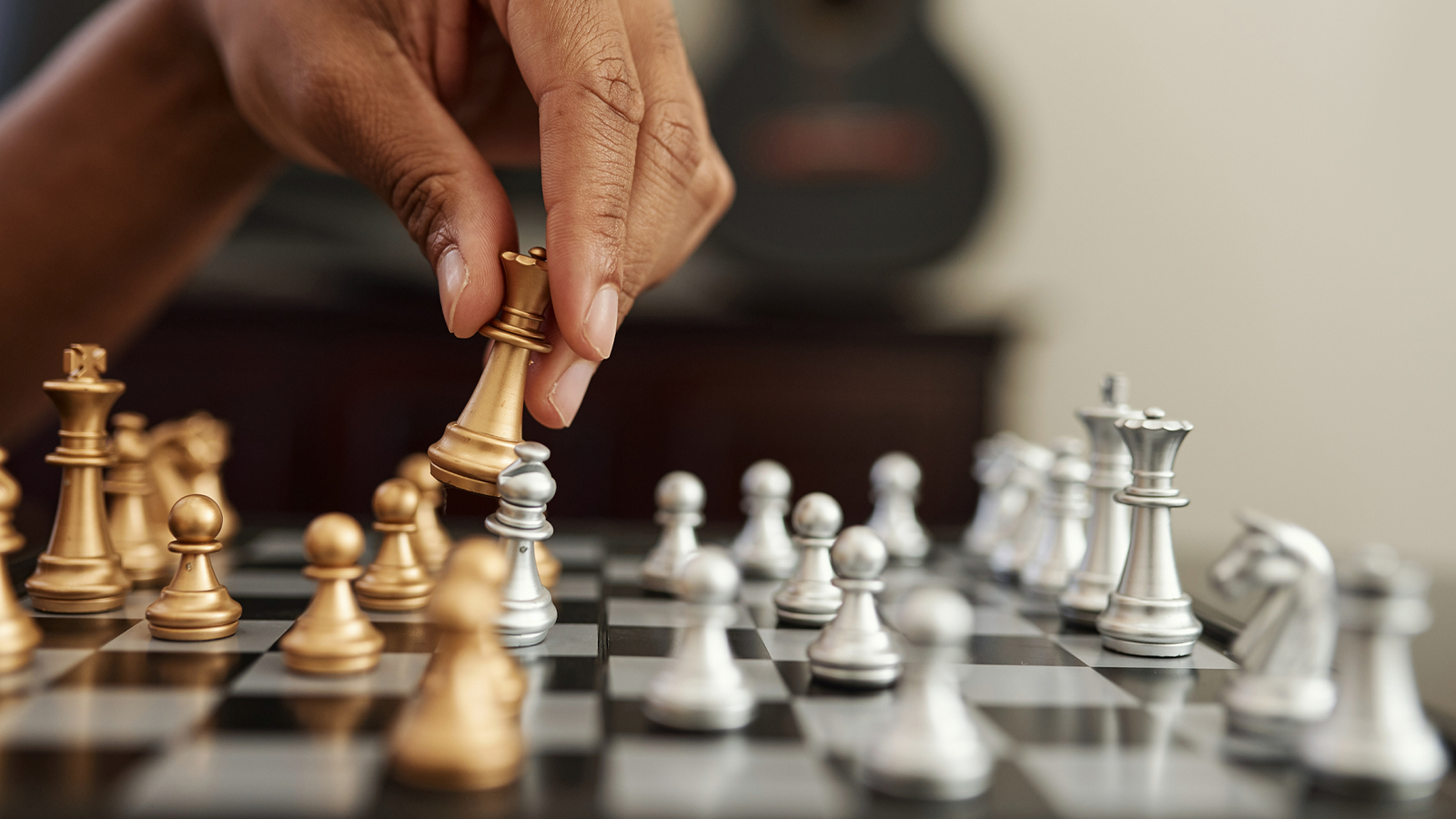
This is a game part where pieces will be in transfer, so cede them wisely. While some exchanges will be required, others may be damaging, so think about whether the pieces you’re grabbing are as valuable as the ones you’re giving up.
Remember that your primary goal is to checkmate your ‘opponent’ first; therefore, maneuver pieces so that they endanger the safety of the other player’s king.
That’s all there is to it. A solo chess match has been completed. Playing chess by yourself is difficult, but it is possible…and certainly gratifying! So this is How to play chess by yourself easily.
See Also: The 10 Free Horror Games On Xbox One Multiplayer
Why Play Chess by Yourself?
You should play chess for various reasons, whether you are new to the game or feel like a master. Among them are the following: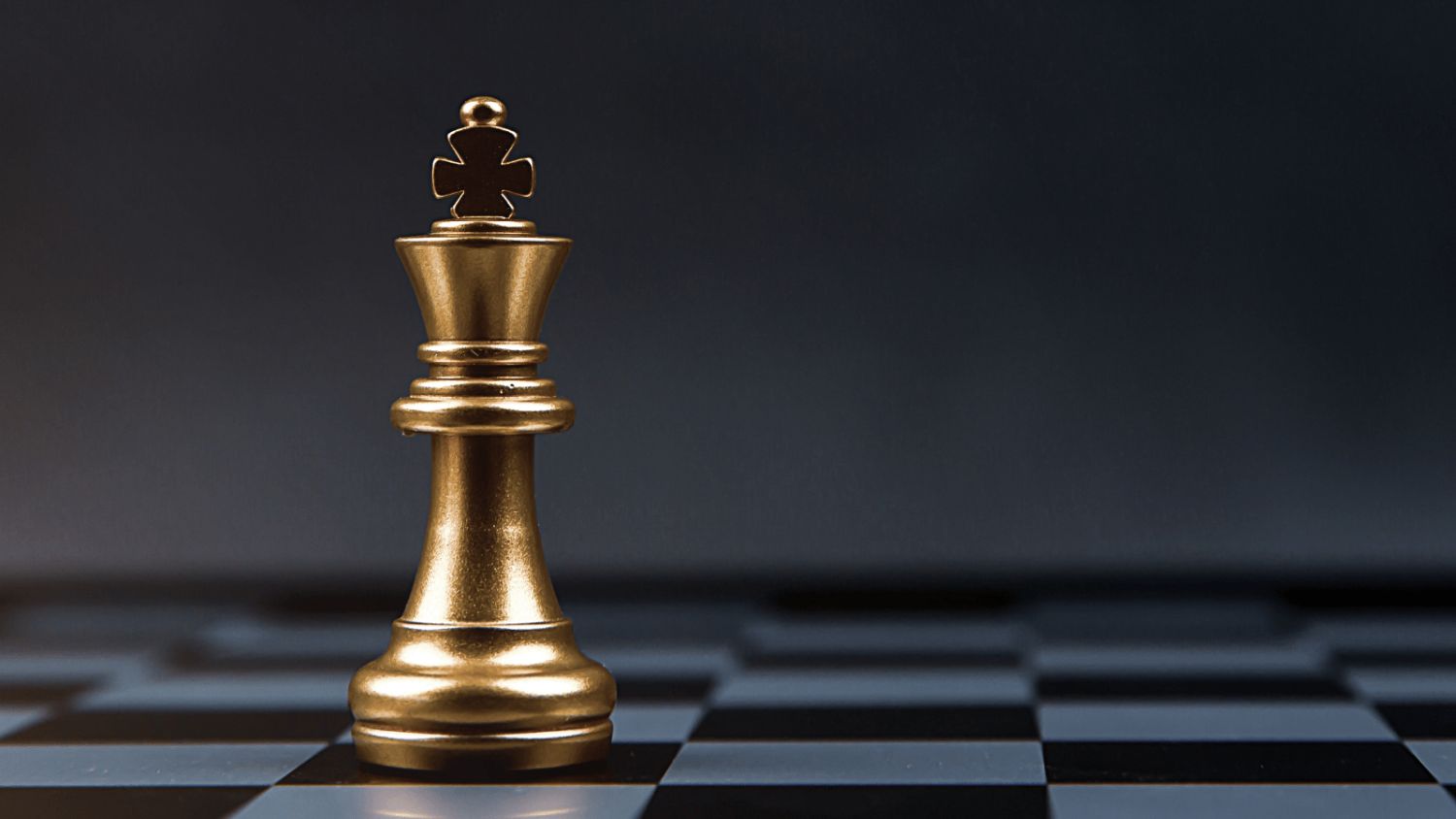
- It allows you to practice new movements and strategies before employing them in a real-life one-on-one game. This enhances your decision-making, critical thinking abilities, and cognitive development.
- It pushes you to ‘think outside the box‘ by allowing you to play chess unexpectedly. You must devise strategies to defeat your ‘opponent,’ in this case, oneself, which can be difficult when you know what movements are coming up.
- It enables you to play chess without the assistance of another person. It stimulates creative thinking by broadening your thoughts. Solo chess pits you against yourself, forcing you to think up new and imaginative methods to win.
- It strengthens your memory, keeps you sharp, and improves your ability to spot patterns at your leisure and in the comfort of your own home, as opposed to a stressful competitive setting. You can download chess games from the Google Play store to polish your skills. So now you know How to play chess by yourself benefits.
FAQs
When you play chess with yourself, what happens?
Chess is a game that pits two brains against each other. When playing against oneself, you aim to split your mind into two distinct entities, both aware of (and aware of) what the other is doing. That's because it is.
How does chess benefit your mind?
Chess has been shown to boost IQ, improve memory function, foster higher levels of creativity, exercise both sides of the brain concurrently, prevent Alzheimer's and dementia, and improve a child's problem-solving abilities.
Is chess a useful talent to have?
There is much to say about how chess helps young kids develop numerous life skills. Chess improves brain function, memory and cognitive ability, strategic thinking, and attention span.
How does chess function?
Each player has 16 pieces, including a king, queen, rooks, bishops, knights, and pawns. The game's purpose is to checkmate the opposing king. Checkmate occurs when the king is in check and cannot escape.
Who is India's youngest chess player?
Praggnanandhaa Rameshbabu is a Grandmaster in Indian chess. At 12 years, 10 months, and 13 days, he was promoted to Grandmaster. Furthermore, at ten years, ten months, and nineteen days, he became the youngest International Master.
Who is referred to as the 'Queen of Chess'?
The queen (♕, ♛) is the most powerful piece in a chess game. It combines the powers of the rook and bishop to move any number of squares vertically, horizontally, or diagonally. Each player begins with one queen, placed in the centre of the first rank close to the king.
Conclusion
It is possible to play chess by yourself (or against yourself). You can play a whole game by controlling both sides slowly, one at a time, much as in a real game. While playing chess by yourself is difficult, it is possible…and incredibly rewarding! We hope this article on How to play chess by yourself has helped you know everything about it.
